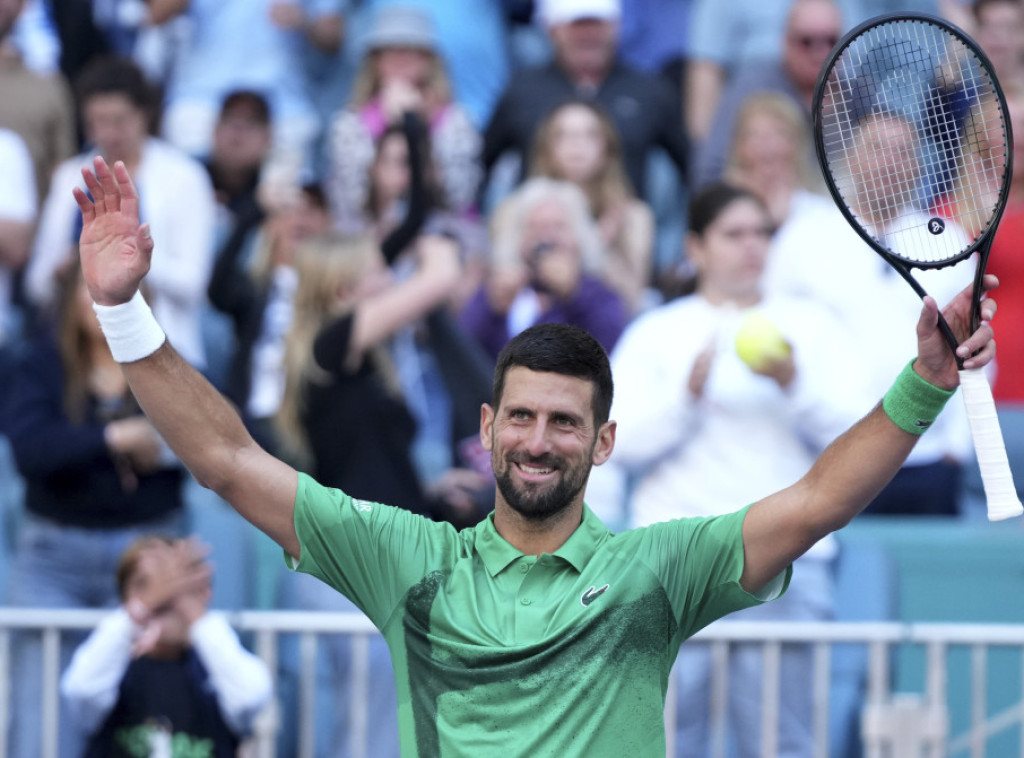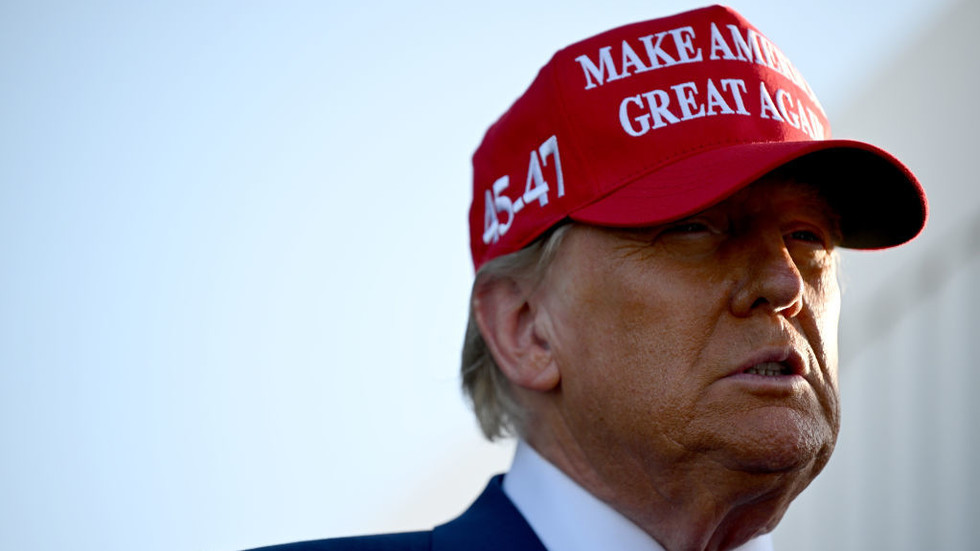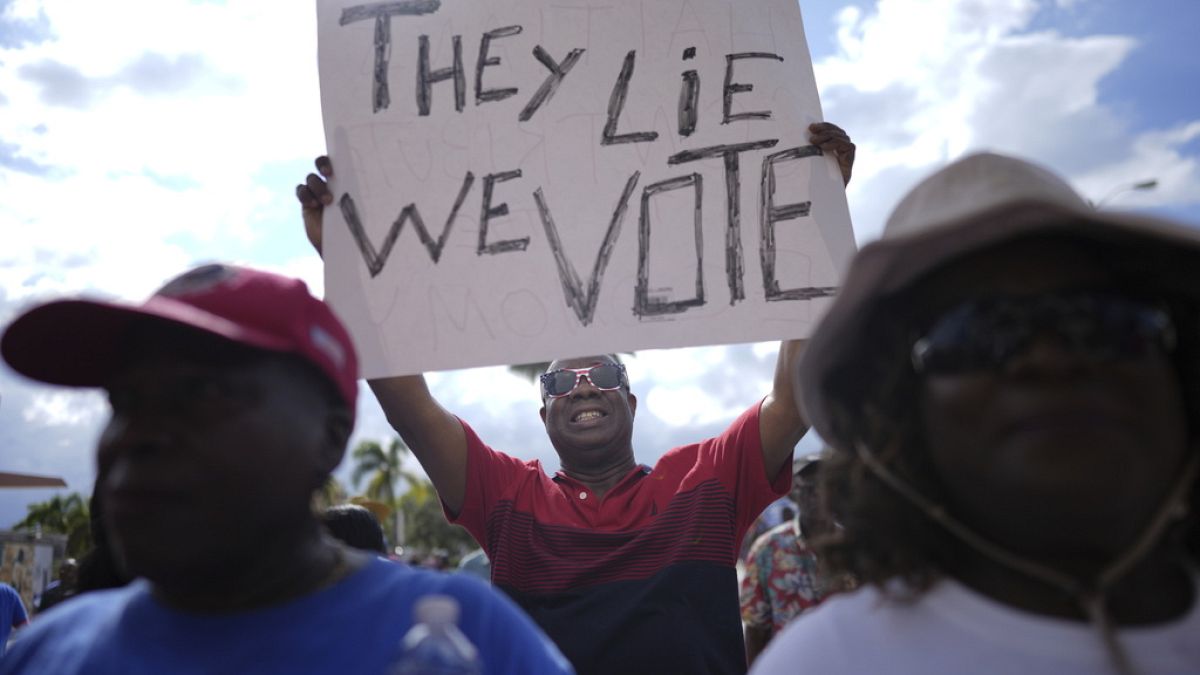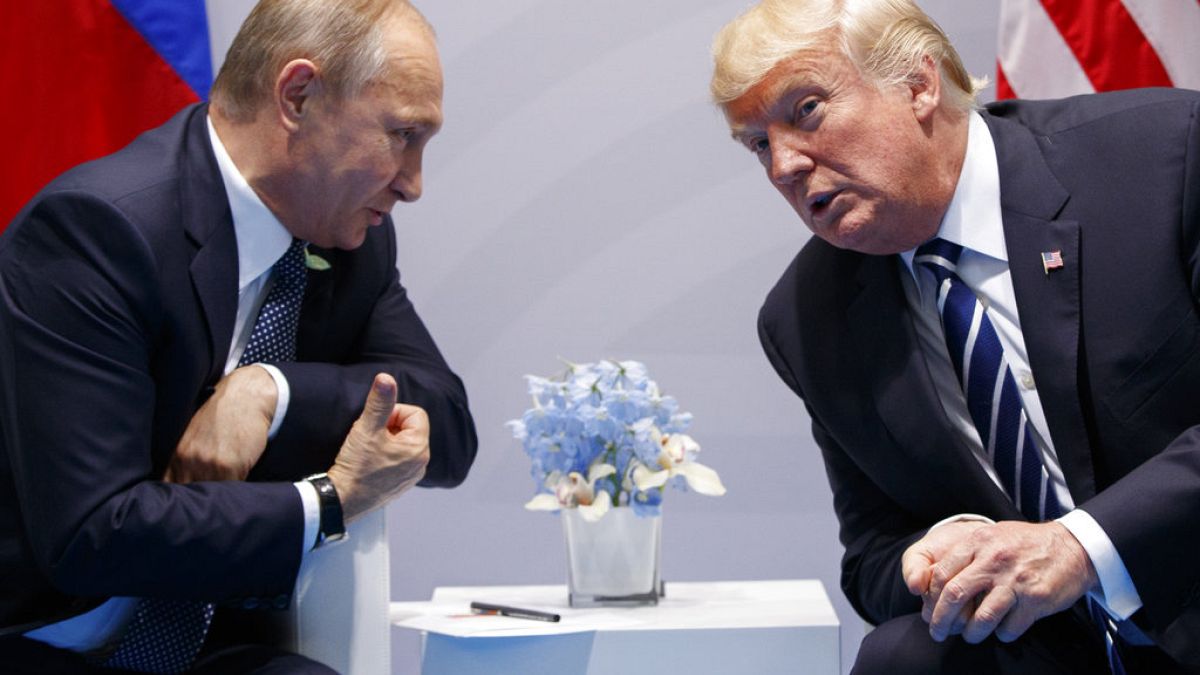Experts say issues with US funding could lead to delays in HIV treatment for thousands of Ukrainians already grappling with the impact of war on health services.
Ukraine’s health system has been upended by three years of war, with hospitals facing attacks, an increase in combat-related injuries, and the mental health consequences of daily threats of violence.
It’s also had an impact on HIV prevention and treatment, with those programmes now relying entirely on foreign funding in a country that is home to one of Europe’s largest epidemics.
But an early aid freeze from the new Trump administration has called into question the longevity of US support, forcing HIV prevention groups to scramble to fill the potential void.
The US President's Emergency Plan for AIDS Relief (PEPFAR) contributed $15.6 million (€15 million) to Ukraine’s HIV response in 2023 and 2024, including for antiretroviral therapy and testing, according to a recently updated UNAIDS report.
The UN agency estimates that if the US funding is “entirely cut,” 78 per cent of people receiving HIV treatment in Ukraine – more than 92,000 – will no longer have access to it.
Human immunodeficiency virus (HIV) attacks the body’s immune system, making it vulnerable to other diseases.
Infected people can take drugs to keep HIV in check and prevent it from spreading; left untreated, it can progress to AIDS.
Confusion over US support
Shortly after taking office in January, US President Donald Trump signed an executive order to pause temporarily all US global health programmes, including PEPFAR.
USAID, the US government’s aid agency, has also been dismantled.
However, after the initial US aid freeze, the Trump administration changed course, issuing a waiver for certain life-saving humanitarian assistance, including HIV treatment. A US judge also ordered the administration to temporarily lift the funding freeze.
Amid the confusion, aid groups have been raising the alarm about interrupted treatment in countries like South Africa, warning that the world could see a resurgence of AIDS if the programmes do not continue.
But in a recent interview on the social media platform X, US Secretary of State Marco Rubio confirmed that PEPFAR would survive the cuts.
“We’ve issued waivers for PEPFAR, as an example, and others,” he said. “That’s not the question. The question is no one can tell me every programme – every programme – is valuable and needs to be kept”.
A US State Department spokesperson also confirmed to Euronews Health that PEPFAR and life-saving HIV care and treatment services such as testing, prevention, laboratory services, and medicines were included in the waiver.
The situation on the ground is more complex, with UNAIDS’ Ukraine office telling Euronews Health they have not yet received written confirmation about the future funding – though some services have restarted.
“Currently, we have an available stock for HIV treatment for five months, and we expect another supply of medicines in March if it happens,” said Yulia Kvasnevska, who works on the UNAIDS programme in Ukraine.
The group’s current stockpiles can cover HIV treatment for Ukrainian patients through October, she said, but after that, there’s a funding gap of $2 million (€1.9 million) that UNAIDS hopes will still be covered by the US.
“We have a risk of treatment interruptions,” Kvasnevska said.
In the meantime, patients who typically receive six months of treatment have seen it reduced to three.
For people who are displaced and living far from their homes due to the war, receiving treatment for longer periods at a time can be helpful, according to Eamonn Murphy, UNAIDS regional director for Eastern Europe, Central Asia, and Asia-Pacific.
“We're hoping this will get sorted. But it is uncertain,” Murphy said, adding that “different places are getting different information”.
Complex HIV situation in Ukraine
Ukraine spent years developing its own anti-HIV programme, but since Russia invaded it has been reliant on international partners, primarily PEPFAR and the Global Fund.
At the time, Russia and Ukraine had the largest HIV epidemics in the region, which includes Eastern Europe and Central Asia.
In 2022, UNAIDS called for the “uninterrupted continuation” of HIV health services for the estimated 260,000 people with the virus in Ukraine.
The number of confirmed HIV patients in Ukraine has since fallen by 7 per cent, according to the latest situation report, though UNAIDS said there are challenges collecting data due to Russia’s ongoing invasion.
The number of people receiving antiretroviral therapy (ART), which suppresses the virus and prevents people from spreading it, has dropped by 9 per cent compared to pre-war levels.
Many patients are receiving treatment abroad, including about 4,400 in Poland, the UNAIDS report said. Others are grappling with the stressors of war.
Conflict-inflicted mental health issues such as depression and anxiety can prompt people to engage in risky behaviours, such as sex work and drug use, that make it more likely that HIV will spread. They can also affect HIV patients’ ability to stay on top of their treatment.
“There are several reasons for [people] dropping out of ART and first, it's war-related issues. It's the mass migration that we face internally and externally, and we also actually have no clear data from occupied territories,” said Kvasnevska.
“It's very difficult to track people who live with HIV in occupied territories or near the frontline… maybe they have had access to ART within Russia, maybe not,” she added.
Any disruption to treatment could lead to an increase in HIV infections as people’s viral load rises, as well as co-infections with tuberculosis, which has increased in prevalence during the war, experts say.
UNAIDS is demanding “urgent, adaptive action” to address the treatment needs given the instability of funding.
Without it, there could be many “consequences for patients because HIV is a chronic disease [that requires] lifelong treatment without any [interruption],” Kvasnevska added.

 1 month ago
13
1 month ago
13






 We deliver critical software at unparalleled value and speed to help your business thrive
We deliver critical software at unparalleled value and speed to help your business thrive






 English (US) ·
English (US) ·